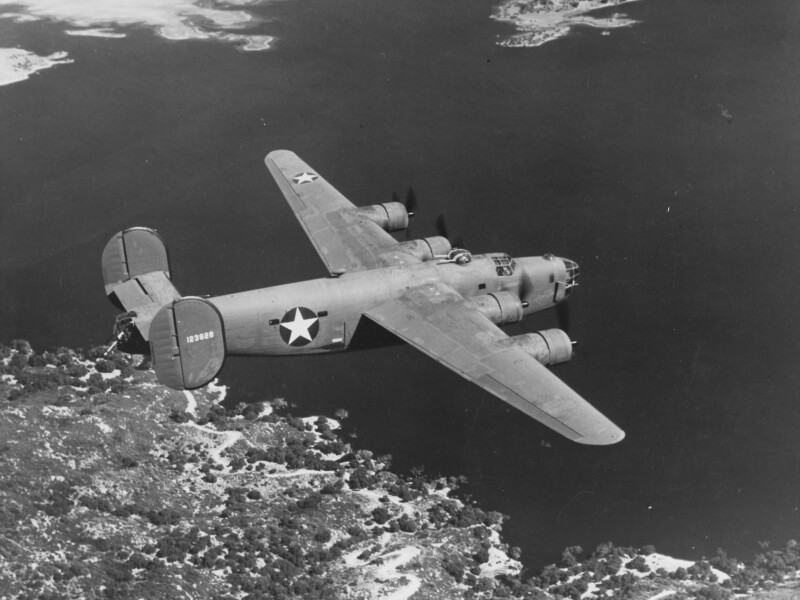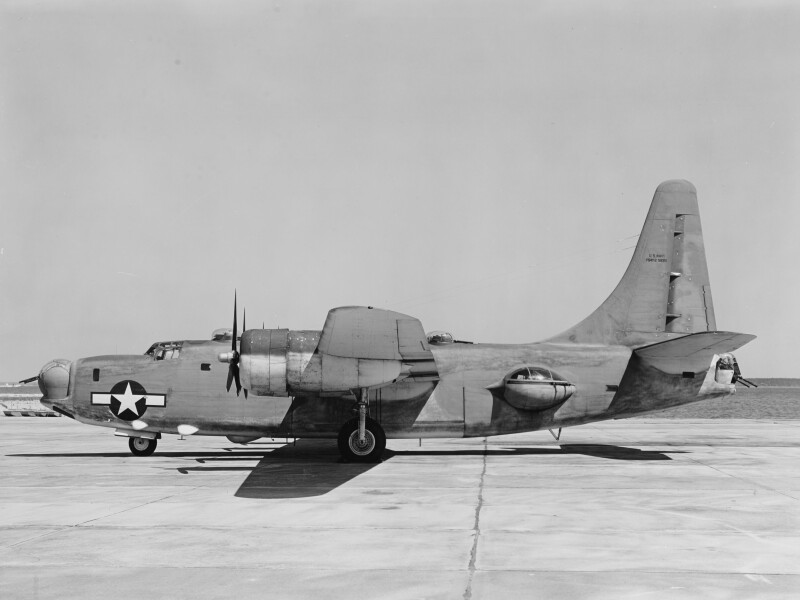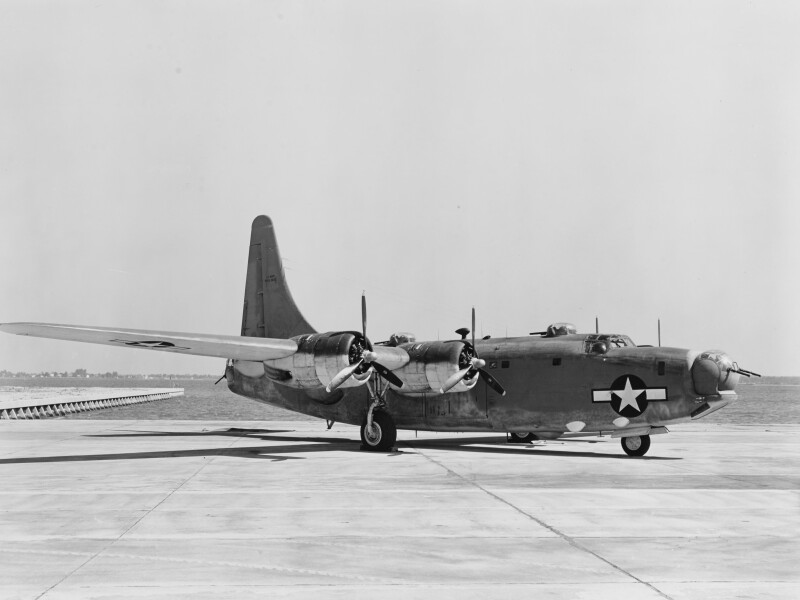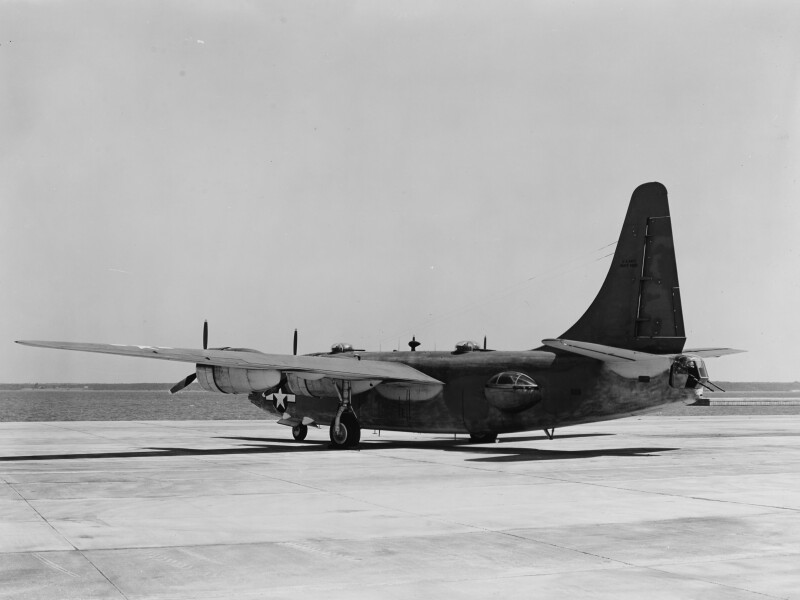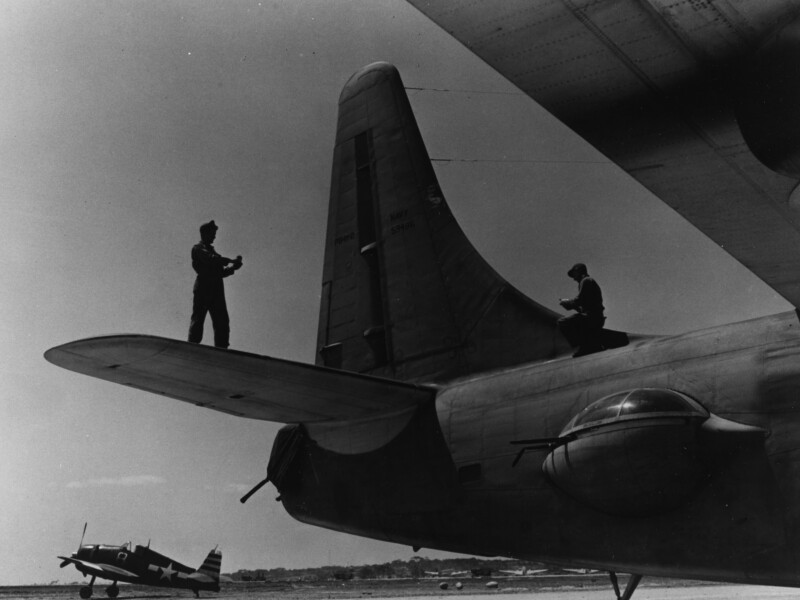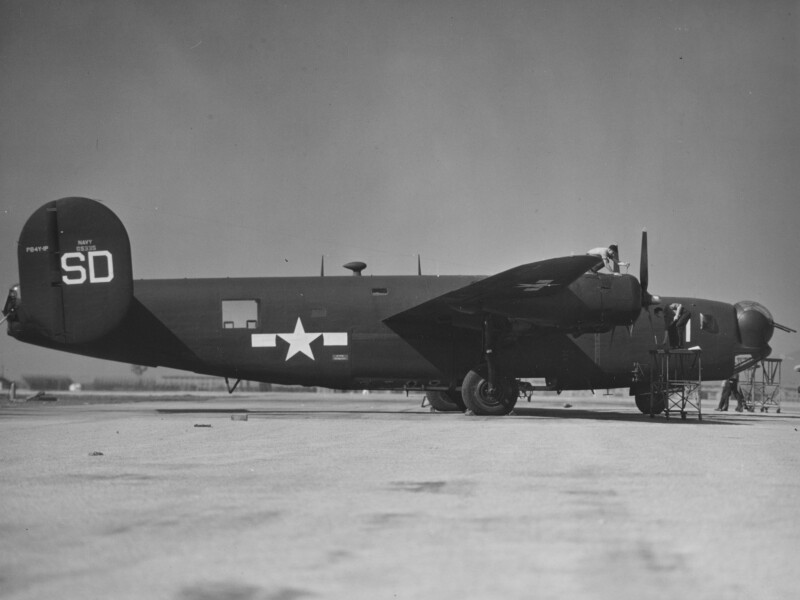-
Library
- Photos
- Documents
-
Geography
- Airfields
- Areas
-
Aviation
- Aircraft
- Engines
-
Weapons
- Guns
- Rockets
- Torpedoes
-
Avionics
- Radio
- Radar
- IFF
- Radar Detectors
- Jammers
- Navigation Devices
-
Unit Database
- Allied Units
- Axis Units
-
Pilot Database
- Pilots
- Victory Claims
- Torpedo Attacks
Consolidated PB4Y Images
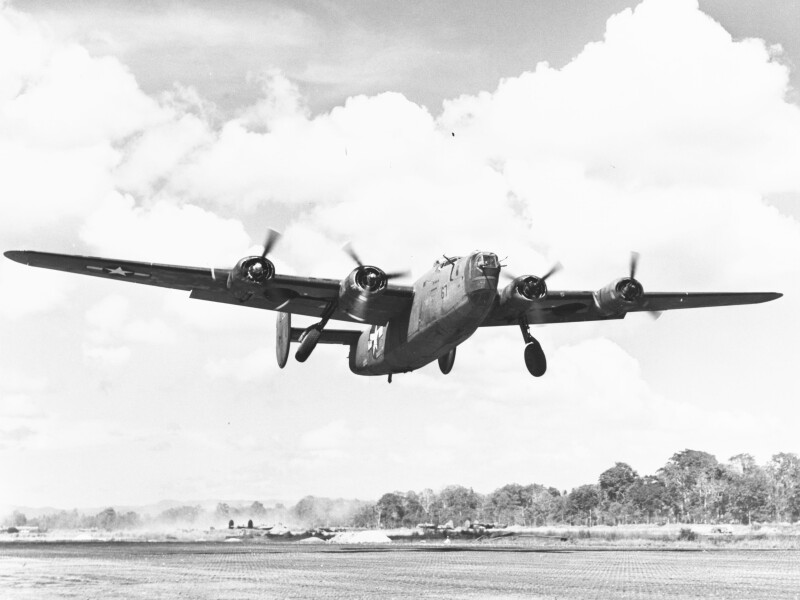
A Navy PB4Y patrol plane takes off from Carney Field, Guadalcanal, on a photographic mission, in 1943.

Patrols the Bay of Biscay, from its base in southwestern England. Photo released 7 February 1944.

Flies out from the British coast for a Bay of Biscay anti-submarine patrol, November 1943.

Seen from another PB4Y, while on Patrol over the Bay of Biscay, hunting for u-boats. Photographed December 1943.

Sailor polishes the plane 's fuselage, below the port waist twin .50 cal. Machine gun turret. Photographed at a Philippine Islands Air Base 1945

At Naval Air Station Norfolk, Virginia, circa 1944. The plane in the background (BUNO 32186) is warming up its engines. Two mechanics are checking the elevator of the plane in the left foreground.
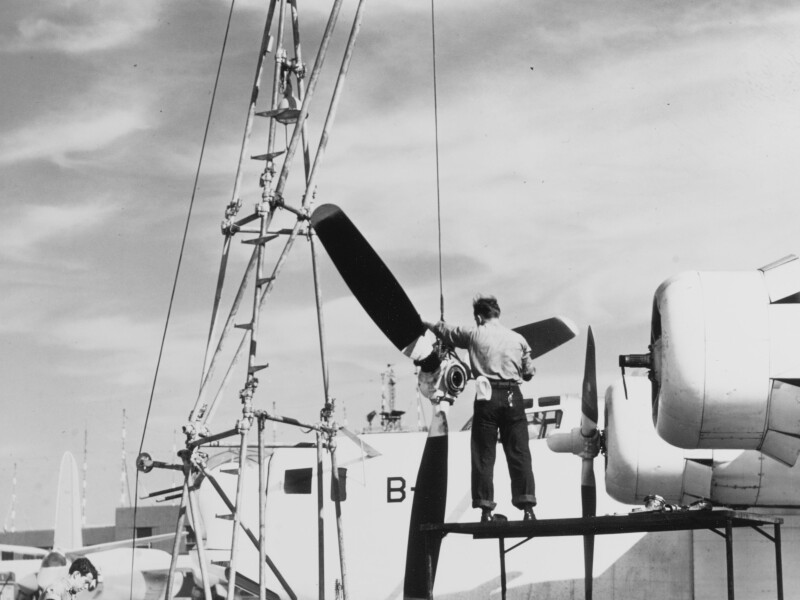
Receives a new propeller while undergoing maintenance at Naval Air Station Norfolk, Virginia in December 1943. Note hand-powered crane in use and yellow JM-1 target tug in the left background.
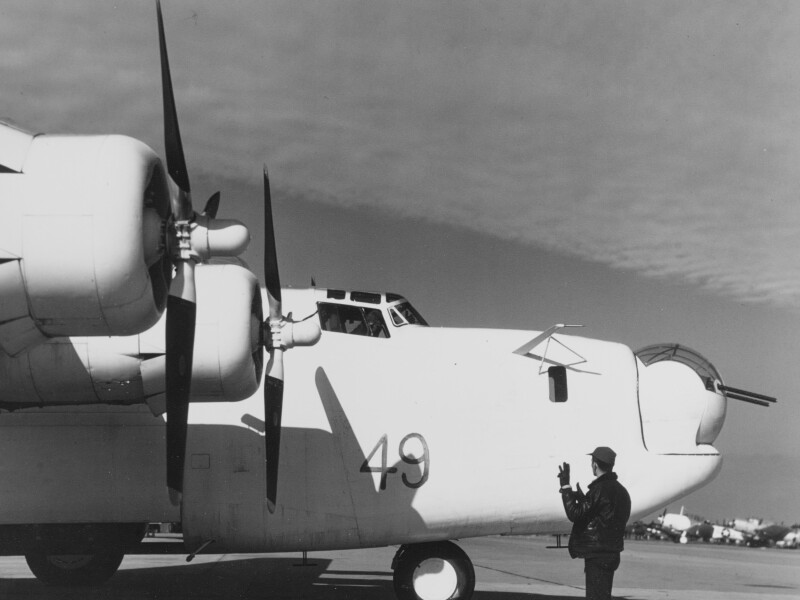
The pilot receives the signal to start engines, probably at Naval Air Station Norfolk, Virginia, circa December 1943. Note plane's very light grey color scheme and twin .50 caliber machine gun nose turret.
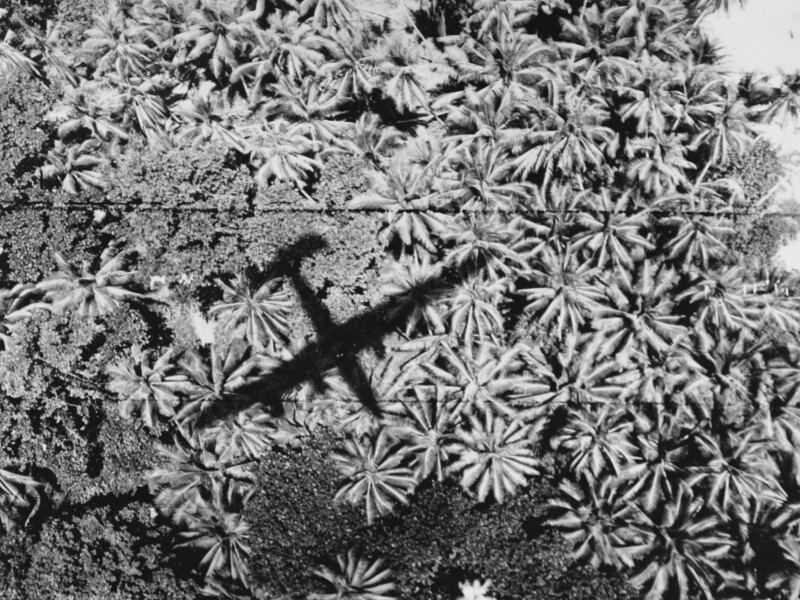
Of U.S. Navy Bombing Squadron 106 (VB-106), on the trees of a southwest Pacific island, in 1943-1944.
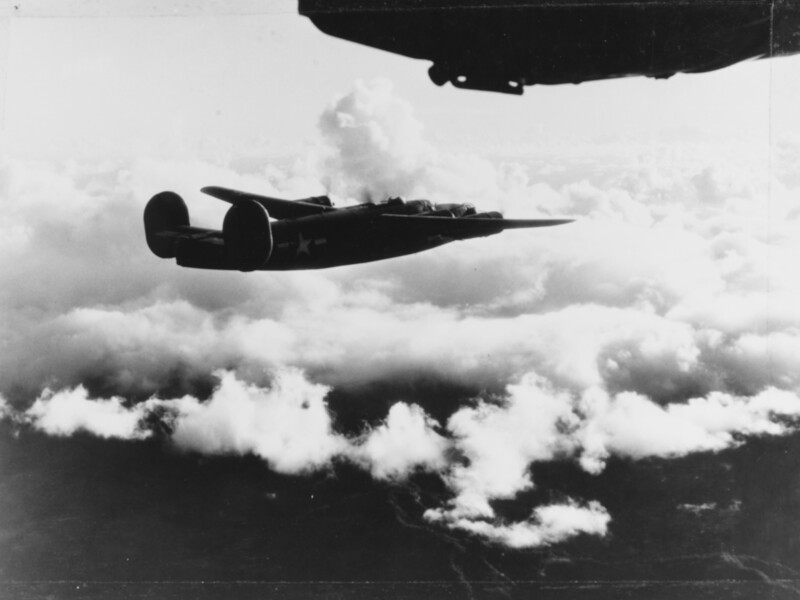
Of U.S. Navy bombing squadron 106 (VB-106) on patrol in the south western Pacific, 1943-44.
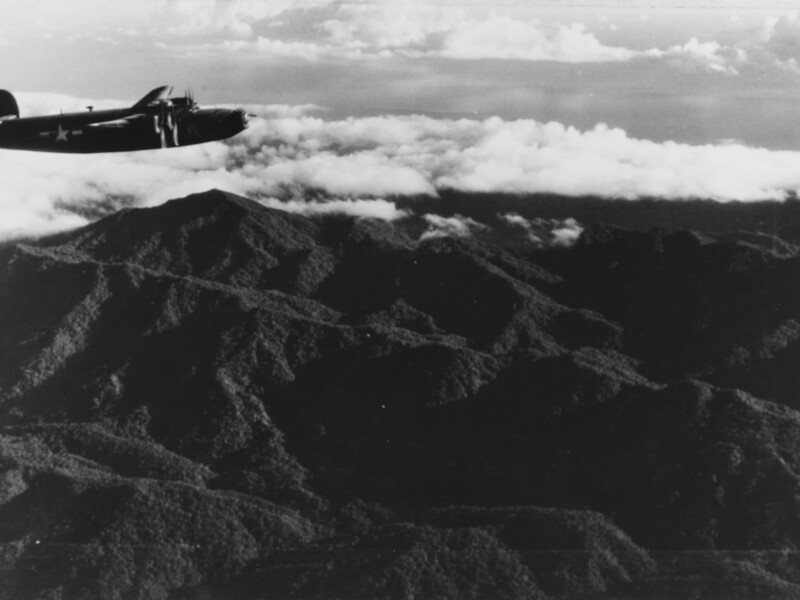
On patrol in the south western Pacific area in 1943-44. This plane belonged to bombing squadron 106 (VB-106).
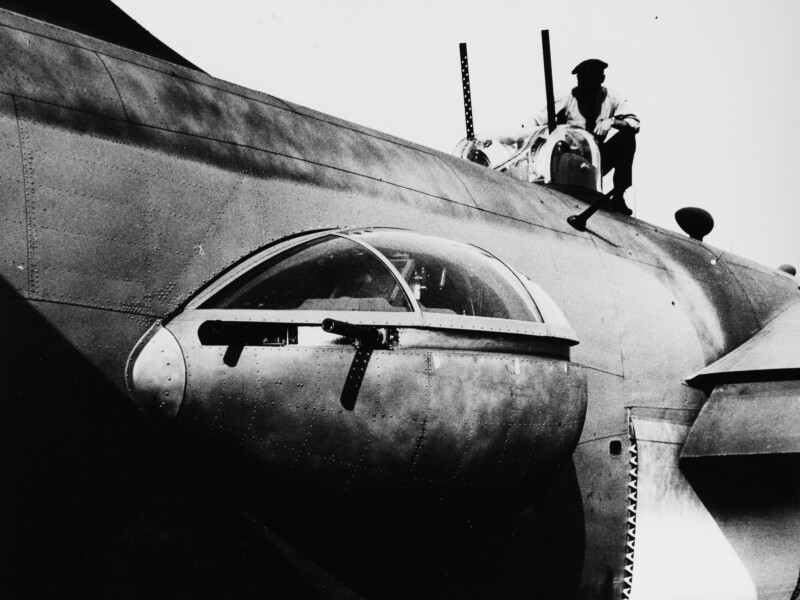
Close-up view of starboard gun turret, showing the twin-.50 caliber MG mount; also note dorsal turret, bomb bay door details and details of camouflage "feathering".

View of nose turret (motor product-consolidated)-type) as fitted in most early-model "privateers".

In flight with a Mark 9 "Special weapons ordnance device," (nicknamed "BAT") later redesignated ASM-N-2) under each wing. The "BAT" was an anti-shipping, radar-guided glide bomb. Note heavily weathered color scheme.


